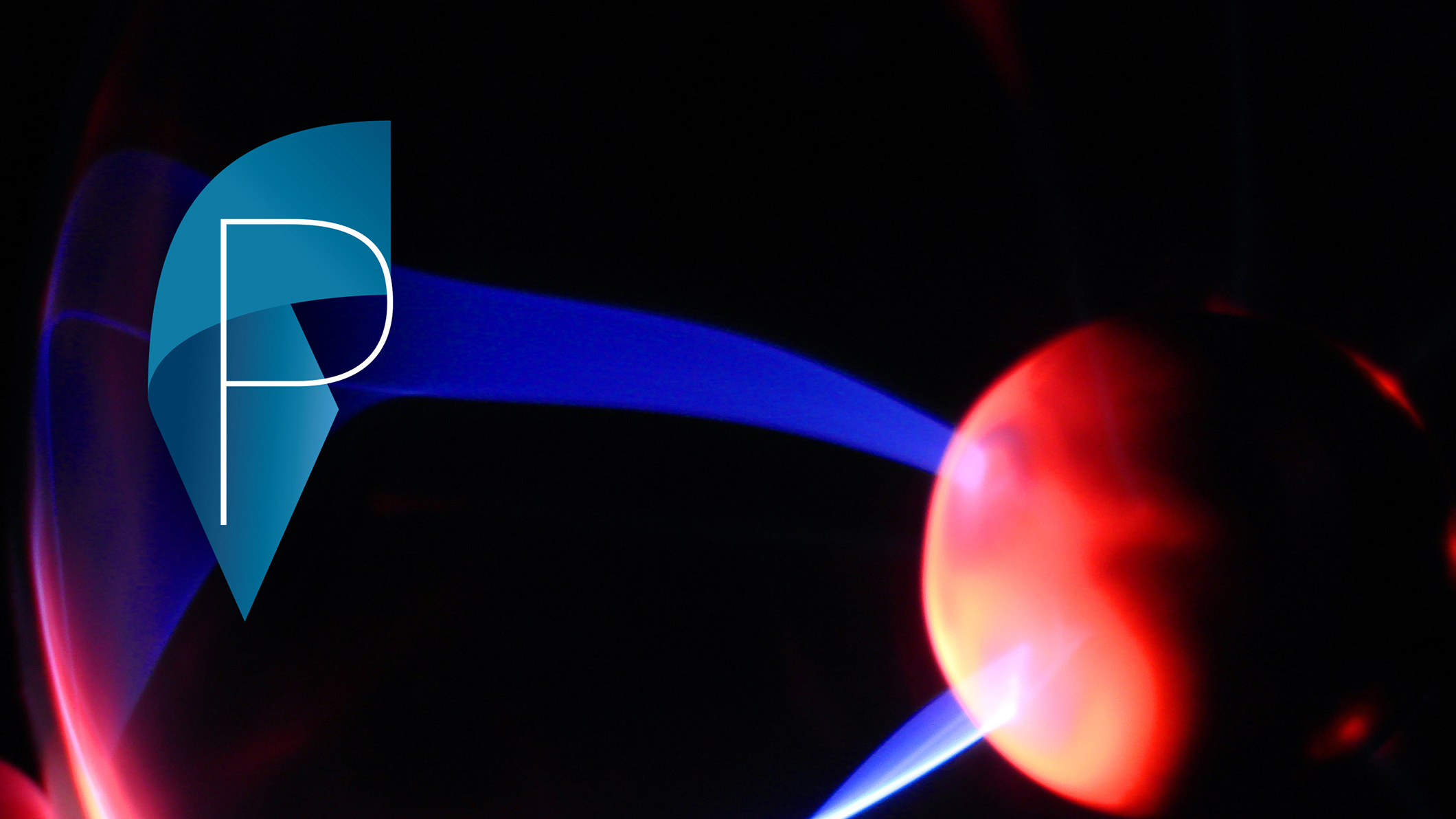EPFL
Plasma Physics: Introduction


Plasma Physics: Introduction (PlasmaIntroduction)
The first MOOC to teach the basics of plasma physics, now in self-paced mode: from single-particle to kinetic and fluid description of plasmas.
Plasma, the fourth state of matter, is by far the most abundant form of known matter in the universe. Its behavior is very different from that of the states of matter we are usually familiar with. To understand it, a rigorous formalism is required. This is essential not only to explain important astrophysical phenomena, but also to optimize many industrial and medical applications and for achieving fusion energy on Earth. This course, taught by world-renowned experts of the field, gives you the opportunity to acquire a basic knowledge of plasma physics. A rigorous introduction to the plasma state will be followed by a description of the models, from single particles over kinetic to fluid, which can be applied to study its dynamics. You will learn about the waves that can exist in a plasma and how to mathematically describe them, how a plasma can be controlled by magnetic fields, and how its complex and fascinating behavior is simulated using today’s most powerful supercomputers.
This course is the first part of an originally 9 week MOOC introducing plasma physics and its applications. After completing this first part, you will have the prerequisites to enjoy the second part, Plasma Physics: Application, which deals with plasma applications in astrophysics, industry, and nuclear fusion.
What you'll learn
- Basic knowledge of plasma physics and of the different models to describe plasmas
- An understanding of how to numerically simulate complex plasma dynamics
Meet the instructors
A. FasoliP. Ricci
A. Howling
C. Theiler
D. Testa
I. Furno
J. P. Hogge
Other EPFL MOOCs
You'll find more information about EPFL MOOCs here. This course in particular might be of interst to you:
Plasma Physics: Application
